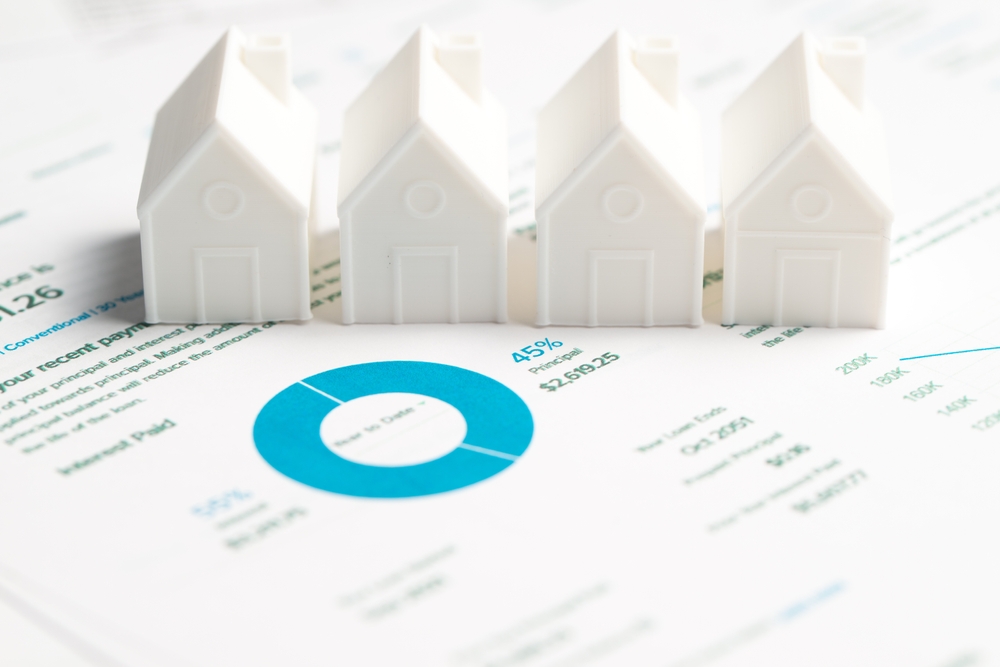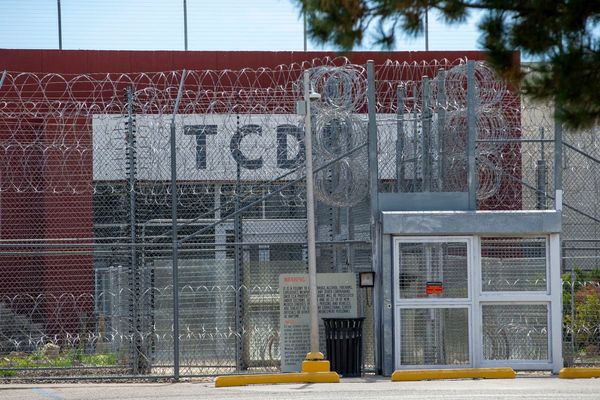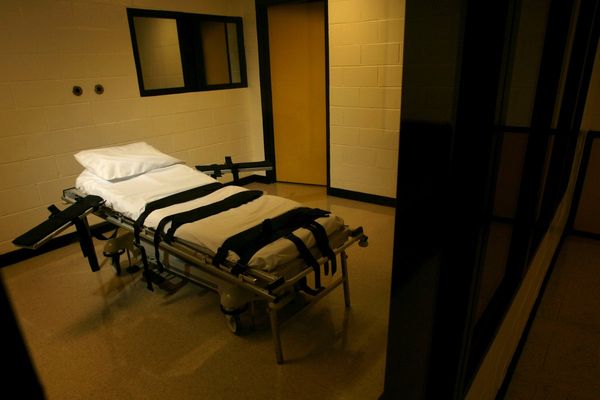
Home equity lines of credit, or HELOCs, can seem like a smart way to tap into your home’s value. People use them to pay off debt, renovate, or cover emergencies. But there’s a hidden danger: a simple HELOC mistake could put your home at risk of foreclosure. Too often, homeowners overlook the fine print or misunderstand how a HELOC works. If you’re not careful, you could find yourself scrambling to keep your house. Knowing what to avoid is crucial when your home is on the line.
1. Treating a HELOC Like Free Money
The most common HELOC mistake is treating it like a credit card or “found money.” A HELOC gives you access to a line of credit based on your home’s equity, but your house secures every dollar you borrow. If you can’t repay, foreclosure is a real risk. It’s easy to forget that the money isn’t a windfall—it’s a loan with your home as collateral.
People often use HELOC funds for vacations, cars, or everyday expenses, forgetting the long-term consequences. Unlike unsecured debt, failing to pay your HELOC can mean losing your home. That’s a risk most credit cards don’t carry. Responsible use means treating a HELOC as a tool for investment or emergencies, not a piggy bank.
2. Ignoring the Repayment Terms
Many homeowners only focus on the draw period, where they can borrow and pay interest. But when the repayment period starts, the principal comes due—often with higher monthly payments. This shift catches many people by surprise. If you haven’t planned for the increased payment, you could fall behind fast.
HELOC repayment terms can be confusing. During the draw period, payments are manageable. Once that ends, you might owe much more each month. If you’re unprepared, you could default and put your home at risk of foreclosure. Always read the repayment schedule and know when your payments will change. Don’t rely on your lender to remind you.
3. Overborrowing Beyond Your Means
It’s tempting to use the full amount available on your HELOC. After all, lenders often approve more than you actually need. But borrowing the maximum can put you in a dangerous spot if your financial situation changes. Job loss, medical bills, or rising interest rates can make repayment impossible.
If you can’t make your payments, foreclosure becomes a real threat. Lenders have the right to take your home if you default. To avoid this HELOC mistake, only borrow what you know you can repay—even if you qualify for more. Build in a buffer for emergencies and unexpected expenses.
4. Ignoring Interest Rate Changes
Most HELOCs have variable interest rates. That means your payments can increase without warning if rates go up. Many homeowners focus on the initial low rates and forget they won’t last. When rates rise, so do your monthly payments. This can quickly strain your budget.
Failing to account for changing rates is a classic HELOC mistake that puts your home at risk of foreclosure. Before signing, ask your lender how high your rate could go and what that means for your payments. Use an online calculator like this HELOC payment estimator to see how future rate hikes could affect you. Plan for the worst-case scenario, not the best.
5. Not Understanding the Foreclosure Process
Some borrowers think foreclosure is only a risk if they default on their primary mortgage. In reality, a HELOC is a secured loan—your home is the security. If you default, the lender can foreclose, even if your main mortgage is current. This is a hard lesson for many families who thought they were safe.
Understanding how foreclosure works with a HELOC is key. If you fall behind, lenders may start proceedings much faster than with a standard mortgage. The terms of your HELOC may even allow the lender to demand full repayment immediately. Don’t assume you have time to catch up if you miss payments. The best defense is staying informed and proactive.
6. Failing to Monitor Your Home’s Value
Home values can fluctuate. If the market drops, you might owe more than your house is worth. This is known as being “underwater.” If you need to sell or refinance, you could be stuck with a big debt and no way to pay it off. This risk is higher with a large HELOC balance.
Keep an eye on your local housing market. Use resources like Zillow’s home value tool to track your property’s value. If your equity shrinks, limit new borrowing and build a plan to pay down your balance. This reduces your risk of foreclosure if the market turns against you.
Protecting Your Home from HELOC Mistakes
Avoiding the most common HELOC mistake—borrowing without a solid repayment plan—can save you from foreclosure. Always treat your home’s equity with respect. Understand the terms, prepare for payment changes, and borrow only what you need. Don’t let a temporary need or a tempting offer jeopardize your biggest asset.
Staying informed and proactive is the best way to protect your home. If you’re unsure about your HELOC, talk to a financial advisor before making big decisions. Your home is worth more than any quick cash solution.
Have you ever faced a tough situation with a HELOC or worried about foreclosure? Share your experience or questions in the comments below.
What to Read Next…
- Can an Unpaid Medical Bill Really Lead to Property Seizure?
- How a Reverse Mortgage Can Derail a Family’s Entire Financial Plan
- Can You Really Lose Your House Over One Missed HOA Payment?
- 6 Mortgage Clauses That Get Enforced When You Least Expect It
- How Homeowners Associations Are Targeting Retirees with Fines
The post The HELOC Mistake That Puts Your Home at Risk of Foreclosure appeared first on The Free Financial Advisor.







